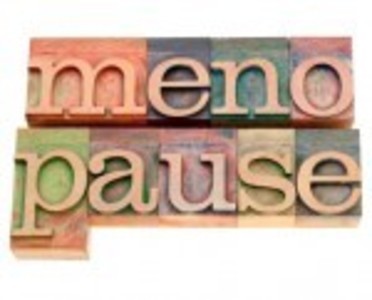Love is a Habit
Reviewing imaging studies on love and sex, researchers from Concordia University have begun to delineate the neural pathways associated with these two activities. Though love and sex show similar neural activation patterns there are some distinctions. Both sexual desire and love activate the insula and the striatum, but as sexual desire progresses to love there is more activation within the specific regions of the striatum associated with habit and drug addiction. Says Professor Pfaus, the lead author of the study “Love is actually a habit that is formed from sexual desire as desire is rewarded. It works the same way in the brain as when people become addicted to drugs.”
Falling in Love Can be Addictive
Falling in love is quick, only a fifth of a second per a recent meta- analysis and hard-wired in the brain to be pleasurable and addictive, finds Professor Stephanie Ortigue from Syracuse University, author of a recent meta-analysis of fMRI data and love. The meta-analysis showed that falling in love activates 12 regions of the brain and elicits a number of neurochemical reactions designed to ensure pleasure and habit including dopamine, oxytocin, adrenaline and vasopression.
Heartbreak is Painful – Literally
When love ends, it causes real pain. Researchers from the University of Michigan compared fMRIs of participants in physical pain versus those suffering from emotional pain and found that as far as the brain was concerned, the two types of pain were no different – 88% of the time.
Just like everything else, habits change brain chemistry. Changing that brain chemistry back or re-adjusting to a new status quo after a break up, from the brain and body’s perspective, is similar to drug withdrawal.
Here is a great Ted Talk by anthropologist Helen Fisher on the gender differences and the evolution of human emotions.












